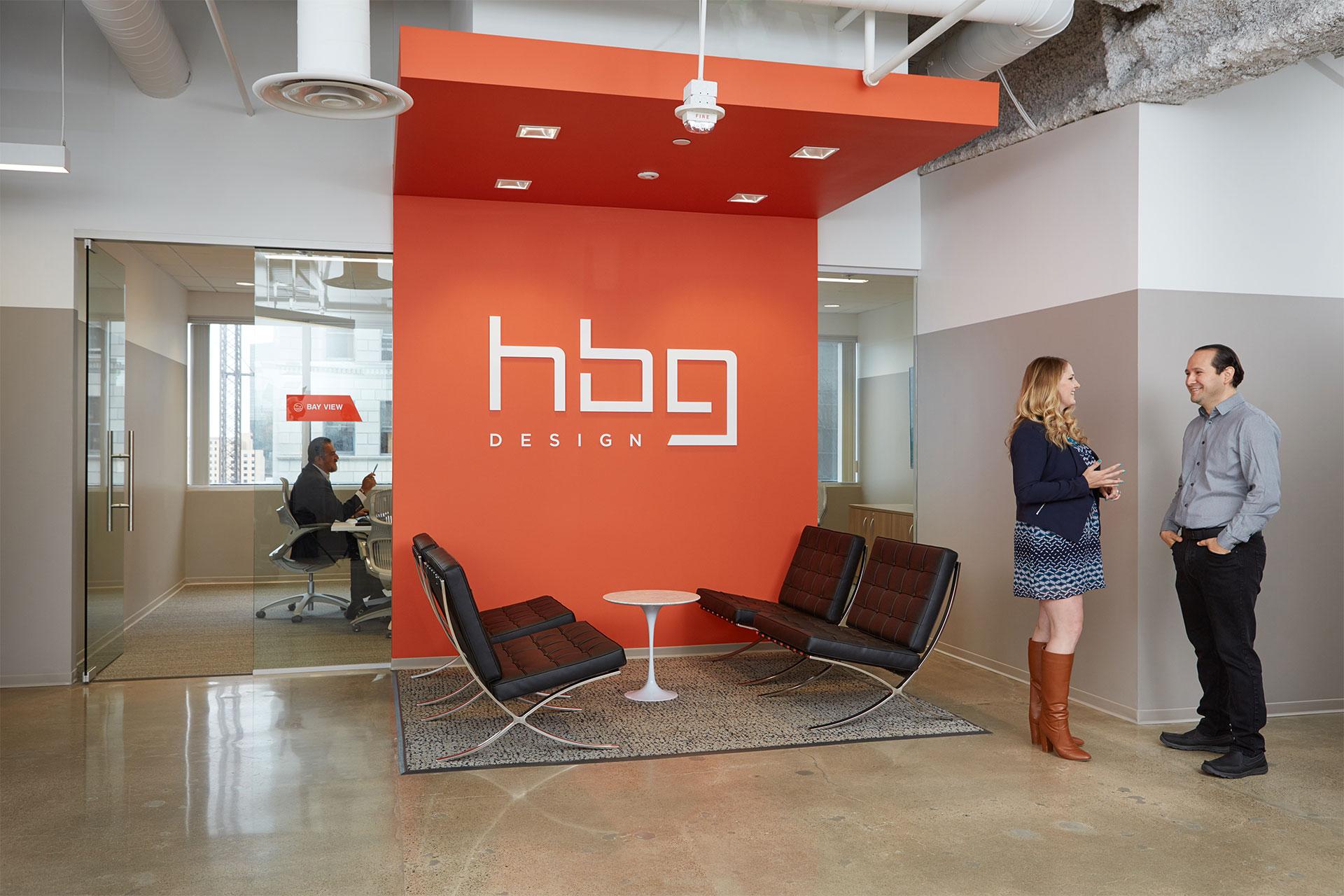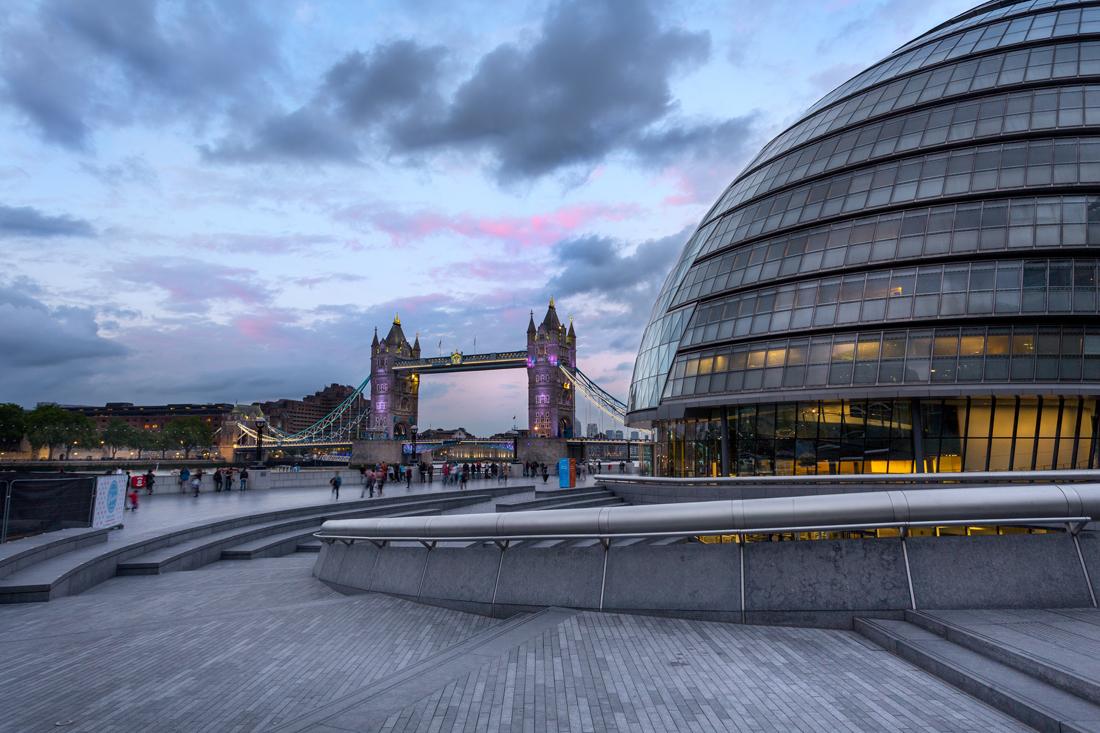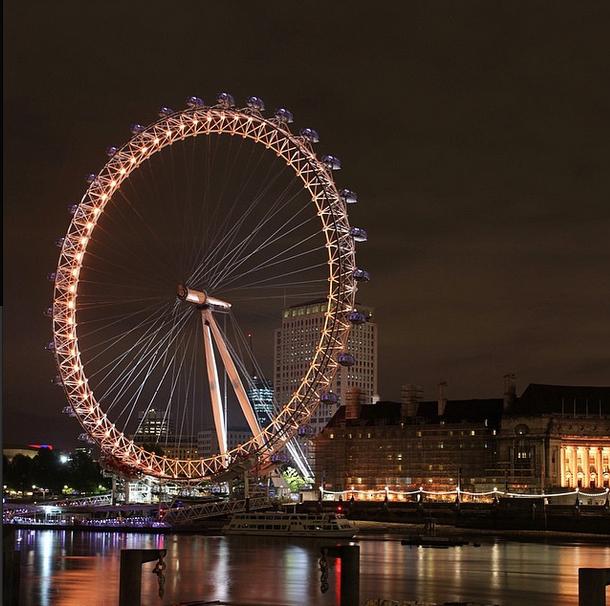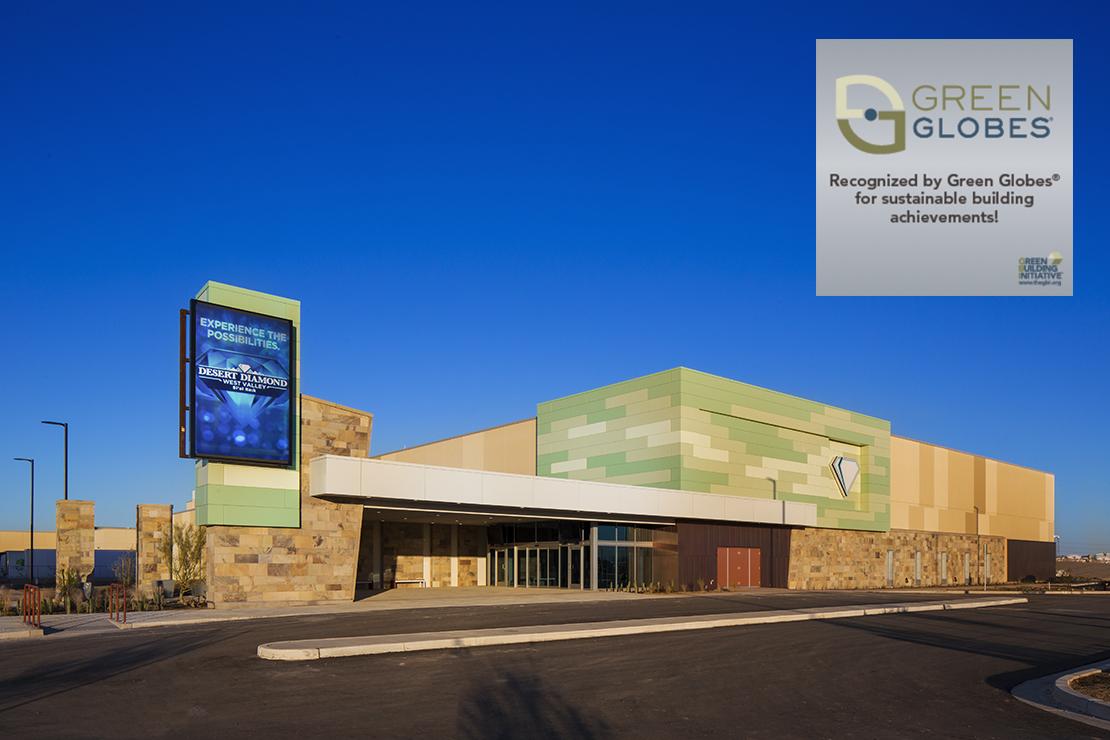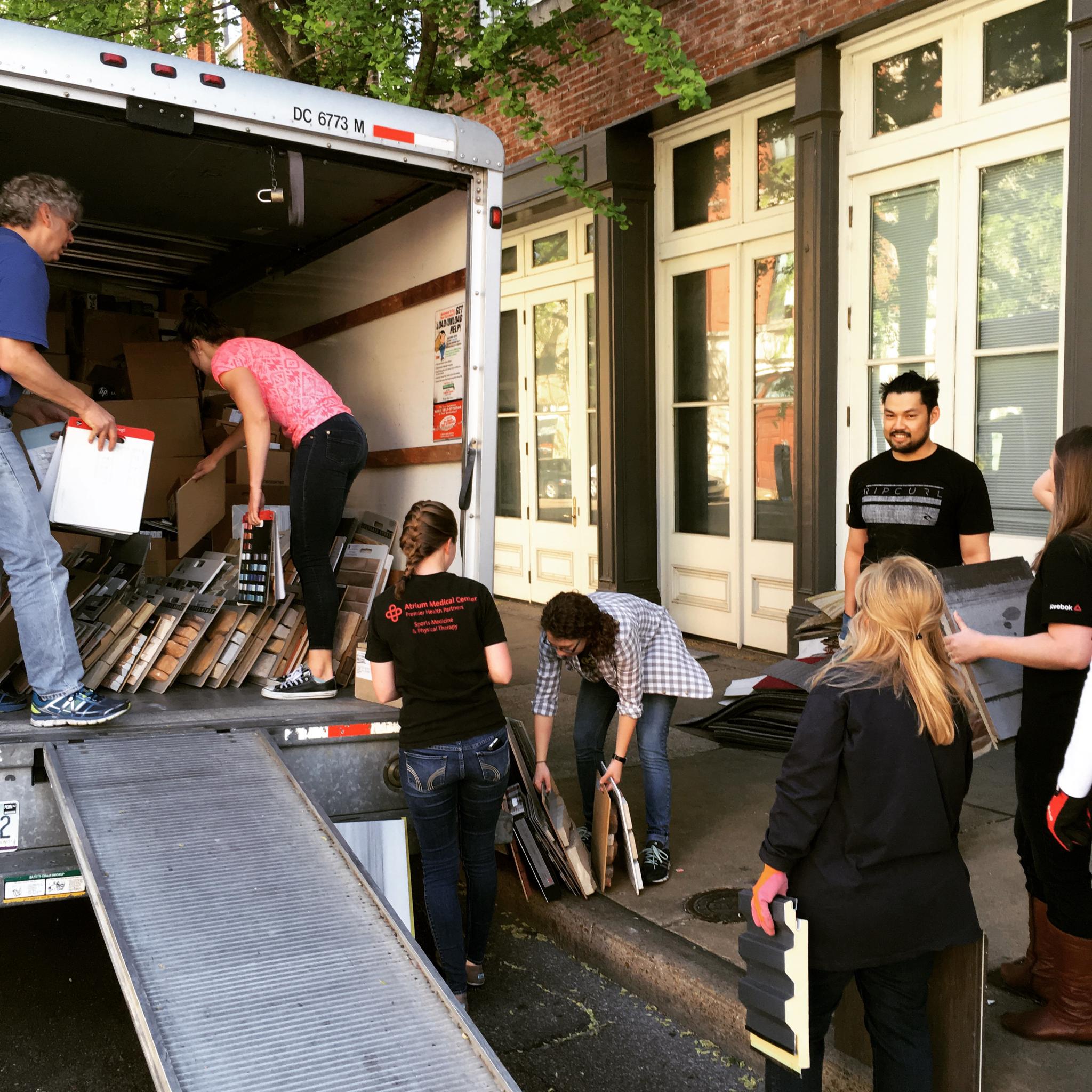The Guest House at Graceland is One of the Most Important Hotels Opening in 2016
From Business Insider – The Guest House at Graceland makes the list of the 11 most important hotel openings of 2016
A new year brings new everything — new goals, new challenges, new plans, and (fortunately for us) new hotels. We’ve already gone the nostalgic route, taking you ona tour of the hot new hotels of 2015, so now we’re looking ahead at the brand-new hotels that will open their doors in 2016.
Of course, thousands of hotels (and tiny properties that we guess can be considered hotels) open annually, but some are more anticipated than others.
Here, we bring you the biggest hotel openings of 2016. From a hip Miami property (that was slated to open in 2015) to a private island off the coast of Tanzania, these 11 newbies are worth a visit this year, while they’re still so fresh and so clean (clean).
The Guest House at Graceland, Memphis

Photo Credit: The Guest House at Graceland
Opening in October as one of the largest lodgings in Memphis, the 450-room Guest House at Graceland is not your typical hotel stay. Of course it will offer standard amenities like room service, an outdoor pool, and a free airport shuttle, but — sitting just outside the entrance of Graceland — The Guest House has Elvis Presley fans as its priority; picture plenty of Presley paraphernalia and even specialty suites designed in conjunction with Priscilla Presley.
HBG Expands Western Presence
As we continue to strengthen our commitment to clients in the Western US, HBG is pleased to announce that we will be opening an office in Southern California during the first quarter of 2016. The new office will be led by Joe Baruffaldi, AIA, who has joined HBG as Principal and Group Leader. Joe represents an exciting addition to our project leadership team, complementing other HBG principals already familiar to you, including Rick Gardner, Dike Bacon, Paul Bell, Craig Conrad, Kelly DeVine, Rob Lee, and Danny Valle.
With more than 20 years project leadership experience, Joe’s experience in the hospitality, gaming and entertainment design industry includes several significant hotel developments and casino resorts across California and Arizona. Joe also has experience in mixed-use development, retail, transportation and public building venues. His hospitality expertise includes new construction, conversions, renovations, and master planning.
“Joe’s expertise further strengthens HBG’s robust hospitality and entertainment practice,” says Rick Gardner, AIA, Principal and Practice Leader of HBG, “and our expansion into California adds significantly to our team’s ability to provide enhanced service to our clients in the Western and Northwestern region.”
HBG GOH Travel Program Recognized Nationally
Traveling to London, Paris, Spain or Switzerland may not be a traditional means of employee development, but Memphis-based architecture firm, Hnedak Bobo Group, has garnered national recognition for “expanding cultural awareness among employees.”
HBG was awarded the 2015 Gold Optimas Award for Corporate Citizenship by Workforce Magazine for its Gregory O. Hnedak Travel Scholarship that awards $5,000 for travel.
The scholarship, named after firm co-founder Greg Hnedak, is open to all non-principal employees and awarded to one employee each year.
Its intention is to help employees grow personally and professionally by broadening their knowledge and understanding of the world around them.
The experience is then shared with the firm through real-time and reflective blog posts, updates and presentations.
“HBG has continually sought to elevate our workforce, offering unique incentives and professional development that can draw the top professionals from across the country to Memphis,” said HBG COO, Terri Struminger. “The Gregory O. Hnedak Travel Scholarship is a way for them to open their eyes to cultures, ways of thinking and experiences they may have never considered. This program helps to create a more culturally aware, creative and experienced employee base.”
In it’s inaugural year this year, the firm selected two winners, Executive Assistant Branden Canepa, who traveled a portion of the El Camino de Santiago in Spain on a journey of personal development; and Architect Thor Harland, who traveled to London and Paris to study the “tension” between culture and historic and modern design.
Designer Deidre Brady has been selected as the 2015 winner, and will travel Spain and Switzerland to study the relationship between nature and built spaces.
Michelle Corbet, Reporter
Memphis Business Journal
Just Announced: HBG Wins National AIA Award!
The National AIA and NCARB have jointly selected HBG as a recipient of the 2015-2018 Intern Development Program (IDP) Outstanding Firm Award! Only four firms in the country were recognized at this elite level.
This is HBG’s FIRST AIA National Firm Award, so it is especially significant for us.
In our submission, HBG demonstrated a deep commitment to our IDP program by going above and beyond the baseline criteria. We earned an “Outstanding” designation from AIA by demonstrating innovation in our commitment to career growth and leadership development through programs such as EDGE Leadership Development; our Professional Sponsorship Program; the Emerging Professionals Studio; and the GOH Travel Scholarship. This award celebrates the importance we place on a culture of learning and leadership at HBG. We are thrilled to be among such a select few firms in earning this prestigious honor.
Read more about it on the AIA website
Read more about it in Architect Magazine
Your Three Step Plan to a Millennial-Ready Casino
By Danny Valle, AIA, Principal, HBG Design
As published in Indian Gaming magazine, September 2015
You have a thriving regional casino operation and loyal gaming customers. Baby Boomers have been your bread and butter demographic for years. Now you are wondering how to reach the millennial generation, when article after article tells you that millennials do not prefer slot machines-but your main revenue source has typically come from slot gamers. So, where do you start and how soon do you need to put a plan in place?
Now in their 20’s to mid 30’s; millennials are major brand influencers. Numbering 80 million+ strong with entertainment dollars to spend, there is no denying that this social, tech-savvy younger generation is spurring the evolution of entertainment—and the design of regional casinos and casino resorts.
But, how do you begin to align your entertainment offerings with millennial consumer preferences?
Only by understanding the values important to millennials can you begin to capture this prolific market segment. Start by elevating your focus on social technology, targeted amenities, and authentic and unique design.
1) Build an online social presence that meets Millennials face-to-face.
With 71% of millennials using social technology every day, your first contact with this generation is likely to occur online—so, start by developing a well-designed social technology program that complements their preferred communication style.
Research tells us that this generation uses social media like a second brain, to vet new brands, cultivate relationships and communicate their preferences to their extensive online networks.
"Millennials, in particular, are seekers of information, and they make informed decisions knowing there are a tremendous number of options available to them," says Rich LeBaron, Director of Emerging Technologies at Sycuan Casino outside of San Diego, California.
"If the information they are seeking is difficult to consume quickly, they will be turned off and move on to other options," adds LeBaron. To enhance its online customer service, Sycuan Casino strengthened its social media communication on Twitter and Facebook, and has leveraged cutting edge cloud technologies to design and develop the gaming industry’s first truly engaging and responsive mobile application for Iphone and Android users.
The app provides quick and easy access to important information about entertainment events, dining options, personal club accounts and allows patrons to participate in exclusive offers and rewards. "We are consistently told by our customers that our new phone app is a major driver in where they decide to game," adds LeBaron.
Imagery and design speaks volumes to millennials. Sycuan's social technology sites feature lifestyle images showing guests of all demographics enjoying the property’s amenities. "Presenting and conveying information through imagery and short to the point text is absolutely critical to engaging millennials online," says LeBaron. "Web pages should be telling stories from top-to-bottom to keep customer engagement high."
2) Connect your amenities to the personal interests of Millennials.
Research tells us that millennials are driven to cultivate experiences that enhance their lifestyles. They are not lured my money or materialism. But they will spend money on entertainment if provided with creative amenity options that support their social interests and their personal brands.
Having grown up in a world addicted to the Food Network and ESPN, millennials are gravitating toward food-centric and sports-centric venues. Local healthy eating / farm-to-table dining, wine tasting, craft beer brewing, live sports and fantasy sports; millennials are elevating these activities to an entertainment-driven art form.
These activities also provide ‘Instagram-able’ moments to share with their online social networks. And, smart design of these venues incorporates ample lounge areas conducive to gathering and lingering, resulting in increased F&B revenues for owners.
Because of millennial influences, casino operators are rethinking the guest experience, transforming casino properties into amenity-rich entertainment destinations.
“We want to become a complete entertainment destination for customers in our region,” says Leo Culloo, General Manager at The Point Casino in Kingston, Washington, owned by the Port Gamble S’Klallam Tribe. “Because millennials are so highly diverse in their entertainment preferences, we host multiple unique events throughout the week to balance the distinct needs of our customers."
The Point Casino hauls in truck-loads of sand for their popular Spring Break Beach Party concert series, and offers regular wine tasting events, a cigar lounge, and outdoor kitchen and dining amenities, among others, in response. "We are also building more open indoor and outdoor gathering amenities including an outdoor kitchen into our new hotel to provide the flexible space needed to accommodate our social events," adds Culloo.
"Here at Sycuan, we know millennials aren’t always visiting us to gamble," says LeBaron. "It’s imperative to connect them with our other amenities and entertainment options; and our GameDay Sports Bar is one of the best in all of San Diego."
And, for a tech savvy demographic, convenience is likely the most appreciated amenity. The Point Casino later this fall will be testing integrated tablet devices at each gaming machine in its casino. “The tablets will give patrons the autonomy and convenience to instantly order food and drinks, delivered right to the guest on the gaming floor,” says Culloo.
3) Give Millennials the open, authentic design experiences they crave.
Surveys show that design matters to millennials. Because they are highly visual consumers, they use design to filter their entertainment choices. This means that design targeted to millennials must be authentic (and hip and cool) to be effective.
With designs that integrate heritage, culture and local context, Indian Tribes have a great opportunity to offer millennials authenticity of experience.
For example, The Point Casino is developing a simple, modern design aesthetic for its new hotel on the northern Kitsap Peninsula of Washington State. Complementing the natural coastal beauty and the tribe’s native heritage, the property will integrate authentic, impactful tribal motifs and indigenous materials as design details. “Under the guidance of a tribal art committee and our design team, local artisans are reimagining elements of tribal culture in the hotel's exterior and interior design, including artwork, totem carvings, sculptures and etchings,” says Culloo.
Tribal clients are exploring how culture and history can engage millennials, by melding design, cultural education and entertainment experiences.
From a functional design standpoint, operators and designers are examining how millennials utilize space. They typically won’t patronize difficult to navigate environments. When Sycuan Casino modernized its casino a couple years ago, it visually opened up the entire gaming floor, eliminating barriers to transparency and convenience. Slot machines were placed prominently to accommodate Sycuan’s main customer base, but site lines were opened to other diverse amenities, including the GameDay Sports Bar, to attract new demographics.
Technology is an important factor in public space design. Because customers need dedicated spaces to use cell phones, laptops and personal devices, designers are integrating more soft seating areas, lounges and bar height worktops to accommodate passive social activities, with convenient access points to outlets and charging stations.
Start now and elevate your casino design by tapping into the preferences of these young adults. By focusing your resources and budget where they will matter most your property will be positioned for long-term marketability.
'Five Ways Your Casino Design Can Pay You Back', as appeared in Indian Gaming magazine
In today's post recession economy, the advent of next generation consumers, the 'millennial effect' and increased market competition are heavily influencing the gaming industry’s bottom line. Every budgetary dollar is scrutinized and many gaming operators are looking for economic and marketing advantages, seeking untapped methods for maximizing returns on their design, construction and operational investments.
There is an economic strategy that could potentially save a gaming operation hundreds of thousands of dollars each year, while improving the environmental standard for casino guests – sustainability. While not a new term or idea, the implementation of sustainability initiatives could become the essential strategy needed to protect your gaming interests and revenue share.
Defining Sustainability
In this context, sustainability can be defined as ‘Environmental stewardship through good decision-making and efficient casino design as translated into potential cost savings.’ The formula has been proven, and gaming enterprises must begin by elevating internal perceptions about the value of sustainability if they are to receive all the associated cost benefits and advantages to be derived from sustainable initiatives. But how do you translate 'sustainability' into your program for full effect, and can you trust that 'sustainability' will actually pay back?
Some within the gaming industry have made significant strides at rebranding their corporate values toward sustainability. Operators such as Ho-Chunk Gaming, the Tohono O'odham Nation and Caesars Entertainment have shown significant confidence in the form of companywide 'green' programs and/or in registrations for sustainable certifications. The Caesars Horseshoe Casino in Baltimore recently achieved LEED Gold certification, a testament to their efforts and commitment to environmental business practices.
This signals a growing trend in the gaming industry where environmental stewardship is becoming more prevalent within the owner’s design, construction and operational goals, especially when it aligns with corporate objectives and positively impacts ROI – a model heralded by John Elkington's 'Triple Bottom Line: people, planet and profit" concept.
Not sure how to start integrating sustainable programs at your casino? Whether you are designing a new property or renovating your existing operation, it's not too late to receive economic benefits. Following are five suggestions on where to start to see the biggest return on investment.
Energy Efficiency
According to the U.S. Department of Energy and the U.S. Green Building Council, buildings, by sector, are one of the heaviest consumers of natural resources at 41%. Of that, the majority of that energy consumption comes from a building’s lighting, followed by space heating and space cooling.
1) Establish energy conservation goals. Setting achievable goals and committing to them as part of your company's core values can be a very powerful tool in maintaining your financial objectives. A goal of 1% or 2% energy reduction annually can amount to significant savings over time. Set small goals initially to make sure they are, in fact, achievable. The inertia generated from each little victory will add up, and before you know it, you are well on your way to meeting, and most likely exceeding your long term goals.
2) Re-commission your existing facility. As technology improves and existing equipment ages and loses efficiency, have your existing HVAC systems re-commissioned. This activity could help you avoid the need for new or additional equipment, thus resulting in net capital savings. Re-commissioning can help you implement numerous cost effective strategies to reduce your heating, cooling and electrical loads. Also, upgrade your current light fixtures. Of the aforementioned 40% energy consumption, lighting can account for roughly 25% of that overall demand. For example, florescent lights with electronic ballasts are about 12% more efficient than conventional magnetic ballasts. According to the University of Michigan Department of Occupational Safety and Environmental Health, fixtures with electronic ballasts can result in a 5%-10% space cooling cost reduction, due to the amount of heat generated by the lights.
3) Design for performance. Leveraging performance-based whole-building analysis during the early stages of design can help optimize the building envelope, building site orientation and energy efficiency, typically resulting in reduced mechanical equipment size. Performance-based analysis allows for refinement and optimization of your building providing a potential for first cost reduction followed by decreased operating costs.
Energy modeling is an effective tool that allows an architect to conduct cause and effect studies on multiple design iterations, and helps to align the owners sustainable, programmatic and aesthetic goals with the overarching fiscal goal. Design impacts can be identified early and decisions made to mitigate potential unnecessary first costs or operating costs by evaluating fluctuation in energy demand. Imagine saving 50 tons of cooling load with 1 ton costing approximately $2,500. That’s a potential realized savings on equipment alone of $125,000 depending on the trade-off taken to achieve it.
Water Conservation
Water conservation can contribute significantly to your economic goals; whether its first costs on new construction or operational cost for an existing property, lowering water usage saves money and will help to extend the life of existing supply and wastewater facilities.
4) Use less. Water conservation is as much about retraining habits as it is about using highly efficient plumbing fixtures. The largest uses of water in hotels are restrooms, laundry operations, landscaping and kitchens. By using high efficiency toilets, shower heads, and faucet aerators you can use 20% less water than conventional models.
According to the EPA, operating costs and environmental impacts are highly influenced by water use. Industry estimates suggest that implementing water efficient practices in commercial buildings can decrease operating costs by approximately 11 percent, and energy and water use by 10 and 15 percent, respectively.
5) Capture for reuse. Consider taking advantage of your site’s alternative water sources. Depending on your level of commitment and/or your cost benefit analysis, utilizing alternative water sources is not for everyone. On-site generated water can vary greatly in quality and should be evaluated carefully for the appropriate use. Potential alternate sources for outdoor water usage/landscaping include: rainwater, foundation drain water, treated gray water and condensate from air handler equipment.
According to the EPA, outdoor water use can account for between 5-30 percent of a facility’s total water use. Using regional, drought tolerant landscaping in conjunction with efficient irrigation systems can provide for significant water savings. The proverbial low hanging fruit in terms of potential infrastructure cost impacts is the use of captured rainwater for irrigation purposes. Remember, check with your local ordinances regarding capturing rainwater since there may be restrictions on water rights, as there are in California.
Consider each method presented above, and start tallying your savings – the returns add up fast; and this is far from an exhaustive list of sustainable methods available (waste diversion tactics in both construction and operations also offer a high return rate). Become informed about the sustainable advantages. Rescued revenues can contribute to reinvestment programs for existing facilities or investment in community building. Remember, good companies stick to their values; great companies question and challenge their values regularly.
HBG Design Helping Schools, Community Through Green Initiatives
Memphis, Tenn. – Memphis architecture firm HBG Design just completed interior design work on an office building on International Place in East Memphis, which is a LEED-registered project. HBG designed the 9-story, 225,000 square feet building’s interior to be as green as possible, focusing on several green design aspects, including maximizing the use of natural light and selecting products that are manufactured from sustainable resources and that contribute to healthy indoor environments.
But when it comes to looking out for the environment, HBG goes well beyond sustainable building practices. This month, the firm is organizing a local effort with ZeroLandfill and the International Interior Design Association (IIDA) that takes leftover carpet samples, wall coverings, tiles and other design leftovers and donates them to schools, humane societies, artists, families and organizations across the area. The general public will be able to pick-up these materials at two events on Saturday, April 18th, and Saturday, April 25th.
This is the third year HBG has taken part in the ZeroLandfill drive. Since then the firm has taken on a leadership role in organizing the event and encouraging other firms and designers to think about what they can donate throughout the entire year.
“The day after last year’s donation, we started storing the products for this year’s drive and now we are busting at the seams (see photo),” said HBG designer and Memphis IIDA director, Alexandra Campbell. “Last year, we kept 9,000 pounds of these design leftovers out of local landfills, and this year we expect even more. We can all really make a difference in this community by always thinking green.”
The ZeroLandfill drive is only one small part of HBG’s overall efforts. Just last month, HBG donated carpet tiles to a middle-Tennessee daycare for low-income families, providing a safer and more vibrant play area for the children there.
All of this is part of HBG’s HBGreen initiative, developed to encourage its clients to embrace sustainable building practices and to reduce the firm’s own carbon footprint. Sustainability is integrated, where feasible, into every project as well as into HBG’s daily operations. Outside the application of green building concepts to design, HBGreen’s internal goals are to achieve LEED accreditation for half of the HBG workforce-- right now about 20 percent are LEED accredited; and to modify its offices and employee behaviors to reduce consumption of resources and integrate sustainable options.
The timeline on all of this is aggressive. HBG is looking for full integration of these practices within five years. The firm hopes leading by example will encourage others in this area to make sustainability a part of their everyday operations, improving our community along the way.


